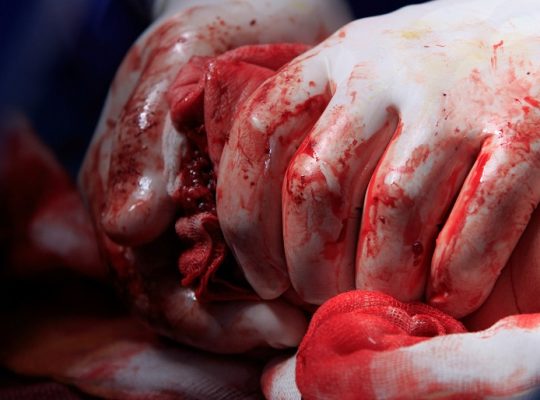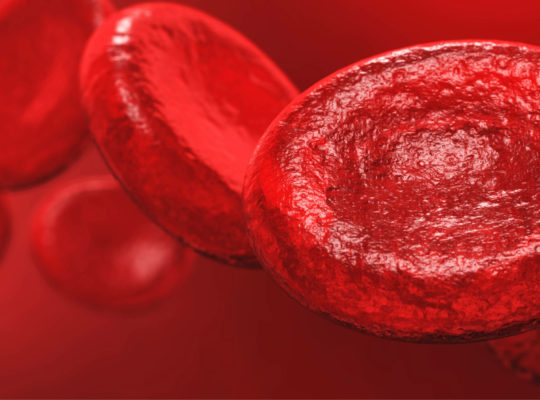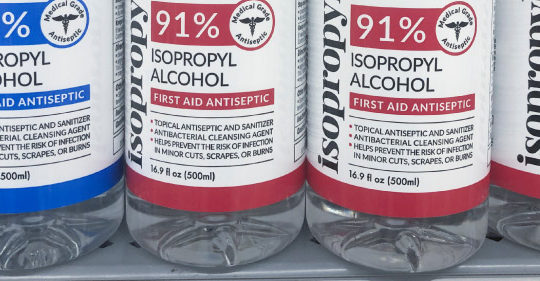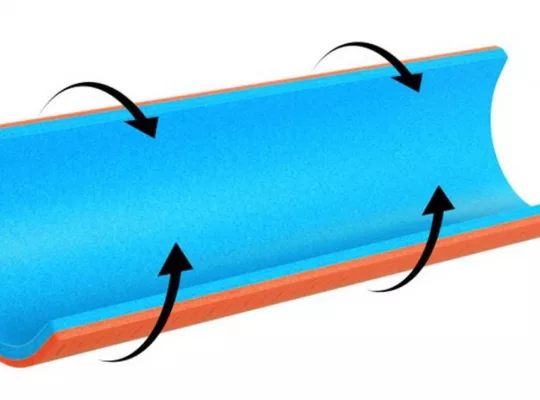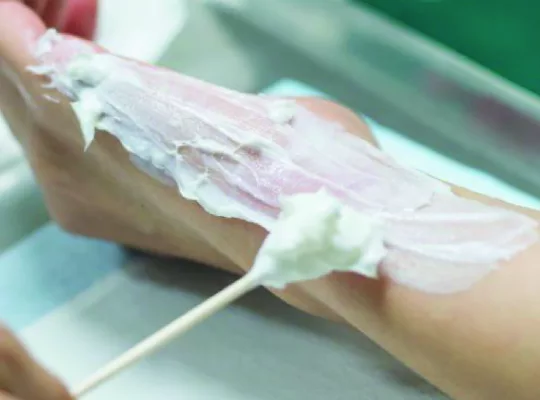When you come upon someone who is injured what should you do if you don’t have medical training? How can you start to preliminarily treat injuries while you wait for medical help to arrive. You need to be sure to avoid causing further injury while keeping the victim stable so that someone with more medical training such as a doctor or EMT can provide life saving care and hospital transportation. With that in mind, you can do a few simple things to help to treat most injuries as you wait for medical treatment to arrive.
The initial treatment of injuries begins with an evaluation of the scene of the injury and the victim. If there is any possibility of a need for medical attention, then you should call 911 right away. When there is a traumatic injury, every second counts. Next you need to make sure that the scene is safe to approach, DO NOT put yourself in harms way as this just complicates things for responding EMTs. If it is safe to provide basic first aid, you should begin by stabilizing the patient and checking for breathing. If the patient is not breathing, this is the top priority since the patient will not survive without breathing until EMS arrives. You should check the ABC’s (Airway, Breathing and Circulation). If you are not able to rouse the patient and if they cant be roused you can begin chest compressions to create artificial blood flow. You should continue chest compressions until EMS arrives.
Bleeding must be attended to next. If there is traumatic bleeding, you need to apply steady pressure to it using a cloth or t-shirt to try and get it to coagulate. Stopping at least some of the bleeding very quickly will give the victim the best chance to survive. Constant pressure applied to the wound will slow the bleeding, and you should not remove pressure until medical assistance arrives.
Not breathing and bleeding are the two most urgent needs when it comes to the initial treatment of injuries. Likely if you can take care of these preliminary needs, EMS will arrive and begin providing further life support. If you can provide aid for around 10 minutes, then this will allow EMS to respond and begin to provide care. If you have the transfer sheet, you can put the patient on it or use storage bag to transfer him into the ambulance. With just a little basic first aid immediately applied, you could help to save a life if you witness an accident.

